How Well Do You Know Mercury?
How Well Do You Know Mercury?
Mercury is the smallest planet in our solar system and is only slightly larger than Earth’s moon. To give you some perspective, if the sun were as tall as a typical front door, Earth would be the size of a nickel and Mercury would be about as big as a green pea.

Mercury is the closest planet to the sun. Daytime temperatures can reach 430 degrees Celsius (800 degrees Fahrenheit) and drop to –180 degrees Celsius (-290 degrees Fahrenheit) at night.
Here are a few fun facts about Mercury:
Mercury takes only 88 Earth days to orbit the sun
If we could stand on Mercury’s surface when it is at its closest point to the sun, the sun would appear more than three times larger than it does here on Earth
Mercury is home to one of the largest impact basins in the solar system: the Caloris Basin. The diameter of this impact basin is the length of 16,404 football fields (minus the end zones) placed end to end!
Mercury is one of only two planets in our solar system that do not have moons (Venus is the other one)
Mercury completes three rotations for every two orbits around the sun. That means that if you wanted to stay up from sunrise to sunrise on Mercury, you’d be up for 176 Earth days…you’d need a LOT of coffee!

Two missions have visited Mercury:
Mariner 10 was the first mission to Mercury, and 30 years later, our MESSENGER mission was the second to visit the planet. Mariner 10 was also the first spacecraft to reach one planet by using the gravity of another planet (in this case, Venus) to alter its speed and trajectory.

MESSENGER was the first spacecraft to orbit Mercury, The spacecraft had its own shades to protect it from the light of the sun. This is important since sunlight on Mercury can be as much as 11 times brighter than it is here on Earth. The spacecraft was originally planned to orbit Mercury for one year, but exceeded expectations and worked for over four years capturing extensive data. On April 30, 2015, the spacecraft succumbed to the pull of solar gravity and impacted Mercury’s surface.
Water Ice?
The MESSENGER spacecraft observed compelling support for the long-held hypothesis that Mercury harbors abundant water ice and other frozen volatile materials in its permanently shadowed polar craters.

This radar image of Mercury’s north polar region. The areas shown in red were captured by MESSENGER, compared to the yellow deposits imaged by Earth-based radar. These areas are believed to consist of water ice.
Mercury Transit of the Sun
For more than seven hours on Monday, May 9, Mercury will be visible as a tiny black dot crossing the face of the sun. This rare event – which happens only slightly more than once a decade – is called a transit.

Where: Skywatchers in Western Europe, South America and eastern North America will be able to see the entirety of the transit. The entire 7.5-hour path across the sun will be visible across the Eastern U.S. – with magnification and proper solar filters – while those in the West can observe the transit in progress at sunrise.

Watch: We will stream a live program on NASA TV and the agency’s Facebook page from 10:30 to 11:30 a.m. – an informal roundtable during which experts representing planetary, heliophysics and astrophysics will discuss the science behind the Mercury transit. Viewers can ask questions via Facebook and Twitter using #AskNASA. Unlike the 2012 Venus transit of the sun, Mercury is too small to be visible without magnification from a telescope or high-powered binoculars. Both must have safe solar filters made of specially-coated glass or Mylar; you can never look directly at the sun.
To learn more about our solar system and the planets, visit: http://solarsystem.nasa.gov/
Make sure to follow us on Tumblr for your regular dose of space: http://nasa.tumblr.com
More Posts from Allisonkitten and Others
Adorable motor protein just traveling along. Converting chemical energy into mechanical energy. Keep on rockin motor protein!
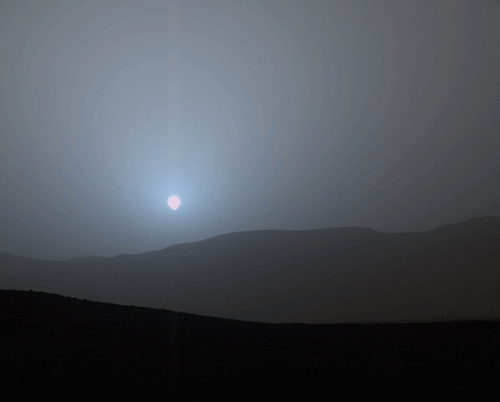
SUNSET IN MARS’ GALE CRATER
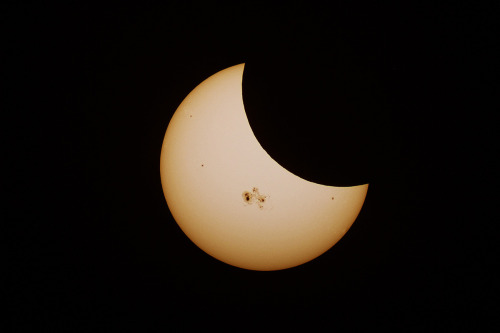
Partial Solar Eclipse in White Light.
Credit: Unknown
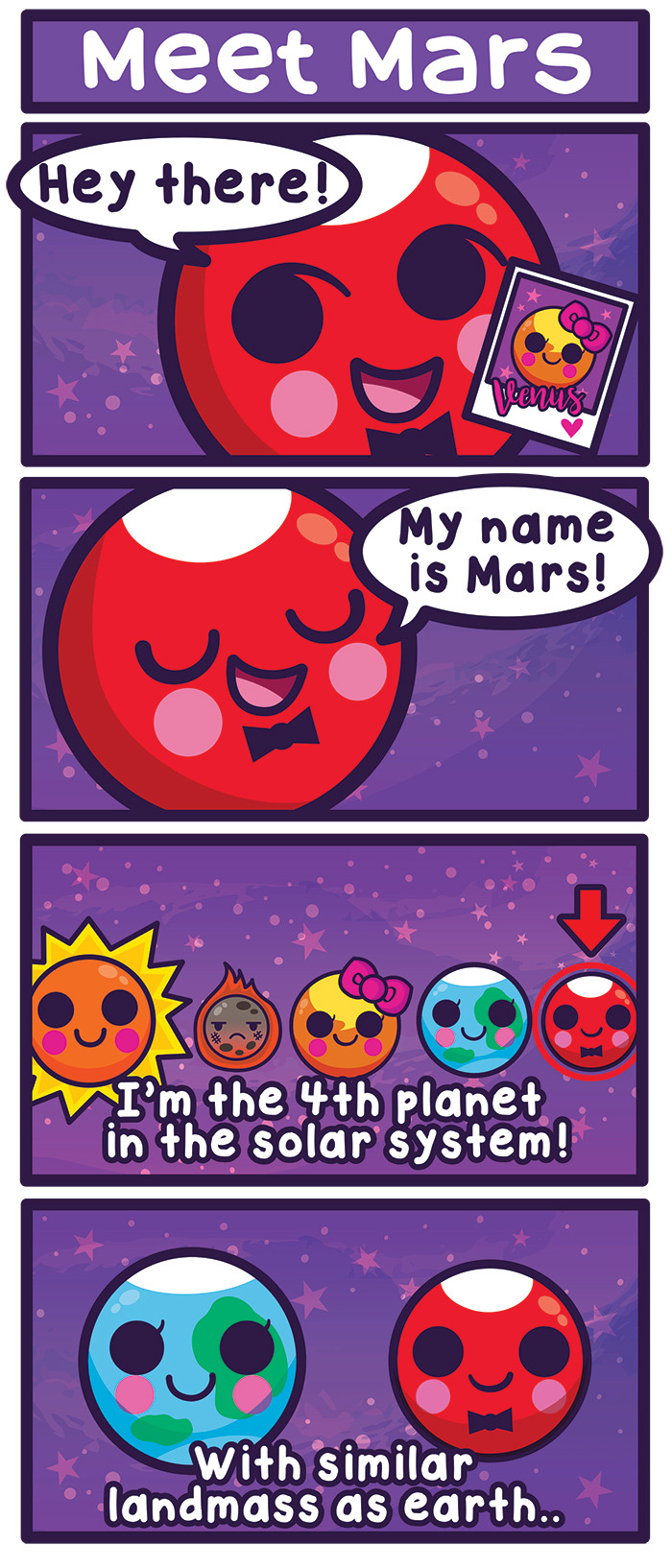
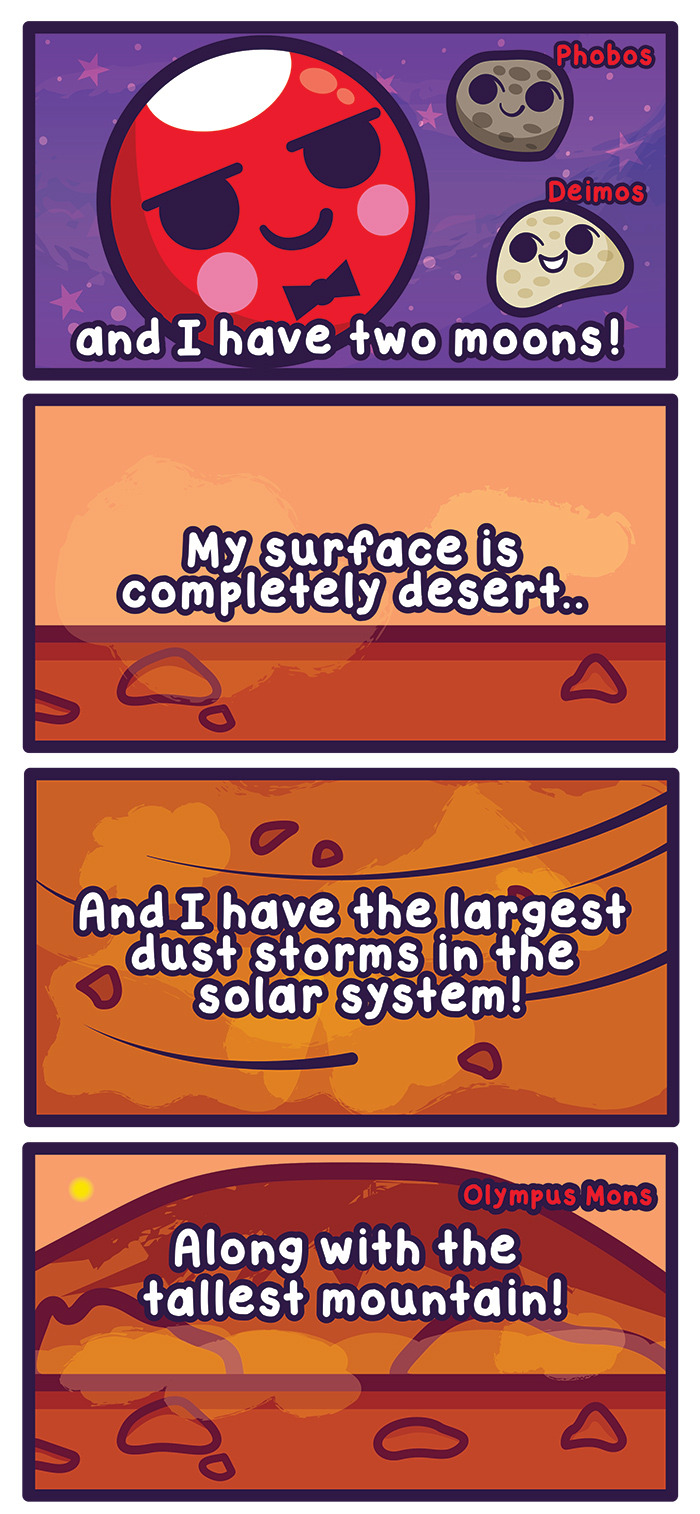
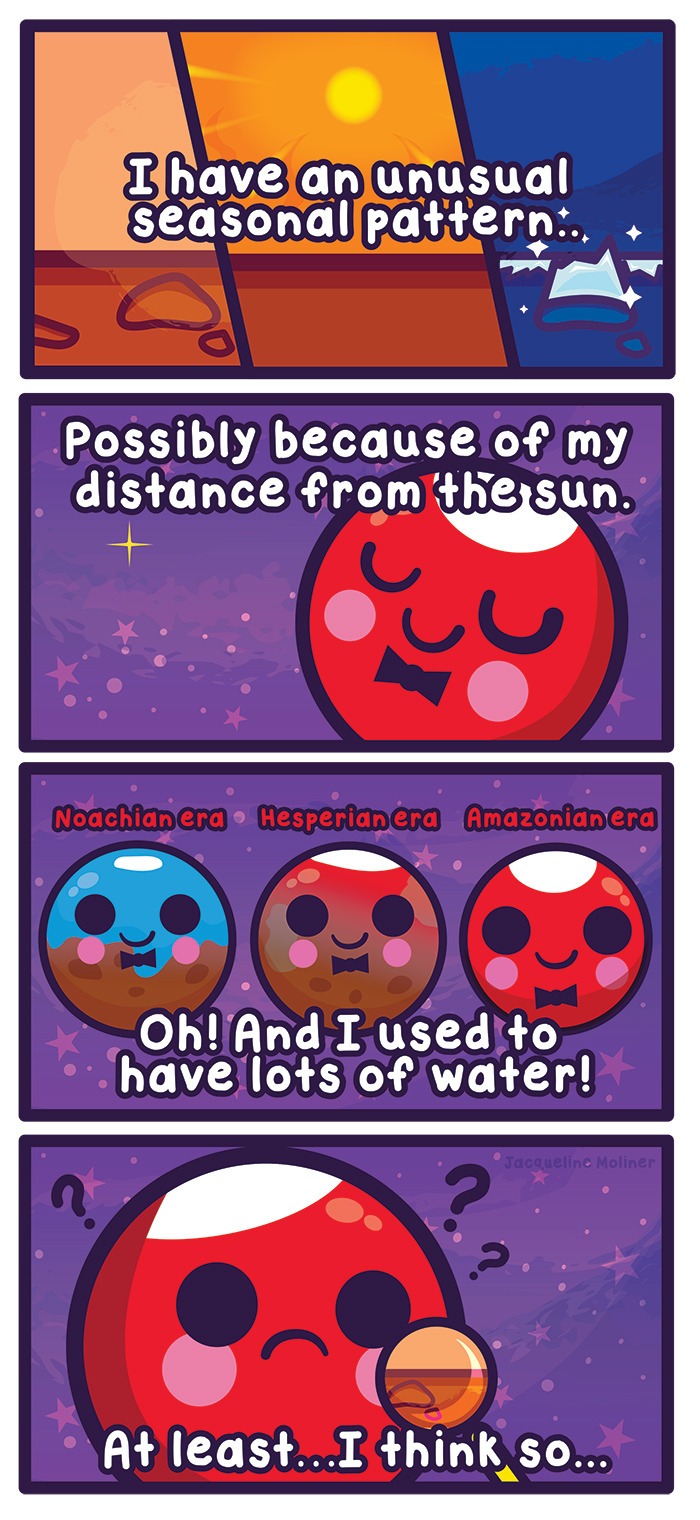
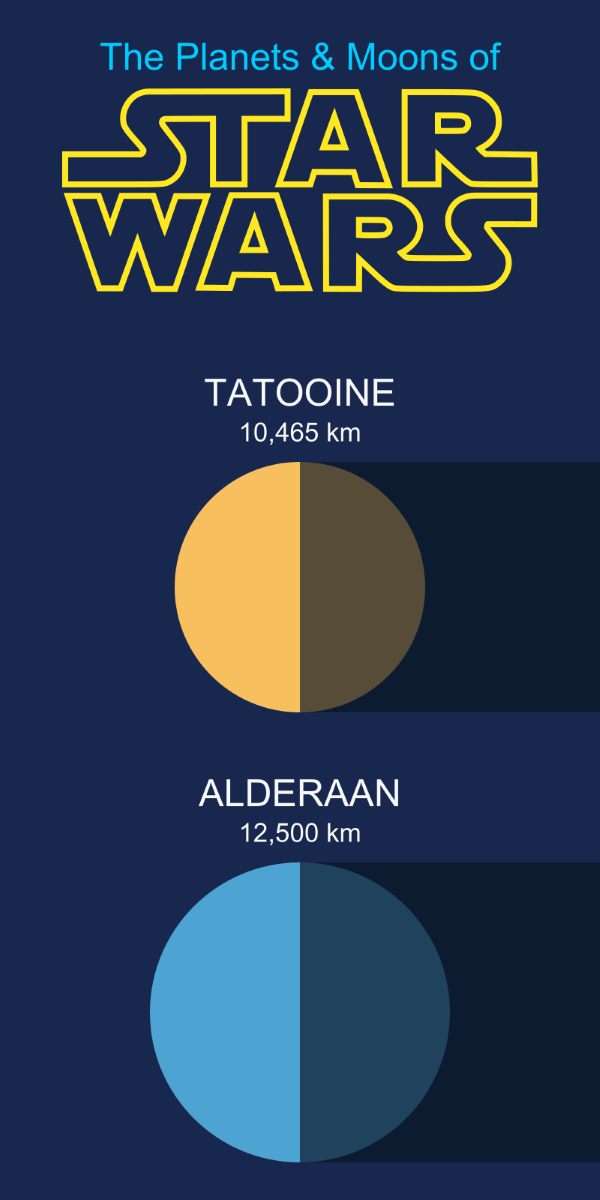
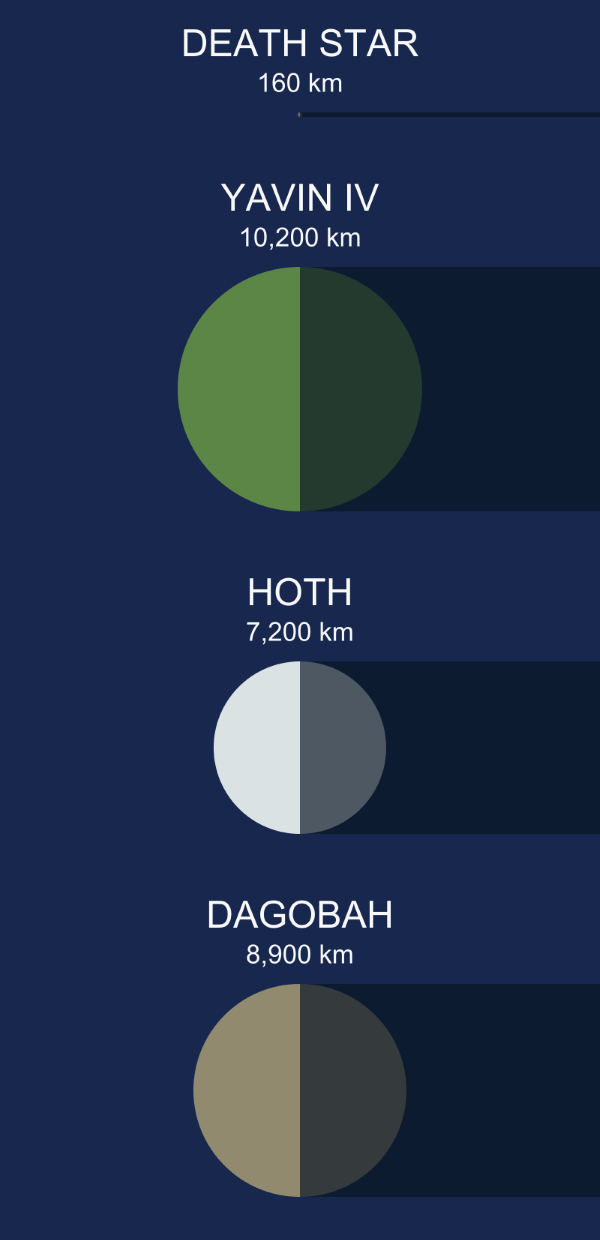
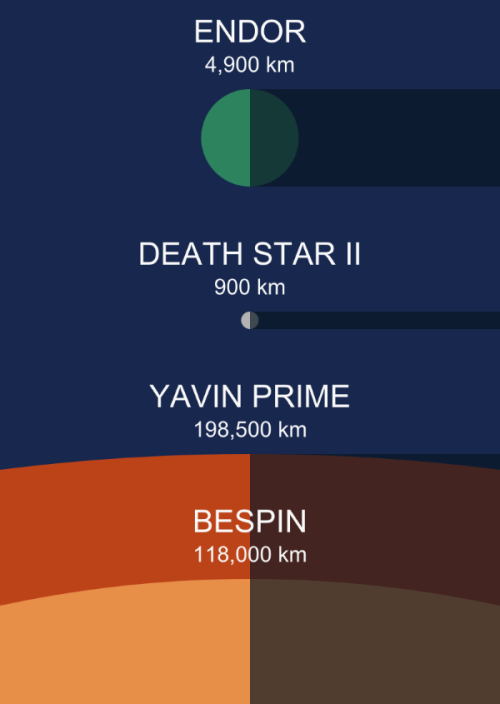
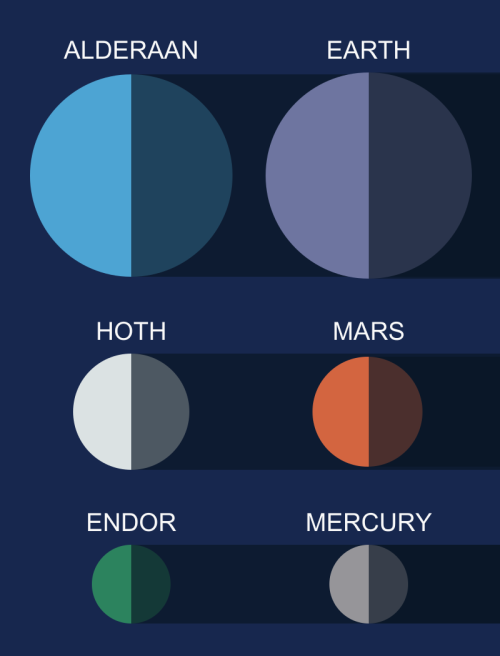
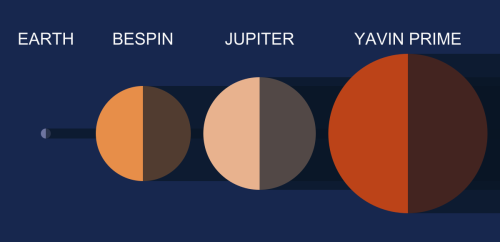
The planets, moons and Death Stars seen in the original (theatrical) Star Wars trilogy to scale.
Alderaan, famous for being destroying in A New Hope, is the closest in size to the Earth with a diameter of 12,500 km vs Earth’s 12,742 km average diameter.
Hoth is larger, but still the closest in size to Mars, with a diameter of 7,200 km vs Mars’ 6,779 km.
Endor, the smallest of the bodies to appear in the original trilogy, has a diameter of 4,900 km which makes it very slightly larger than our solar system’s smallest planet, Mercury which has a diameter of 4,879 km.
Of the gas giants seen in Star Wars, Bespin is very similar in size to Saturn (116,464 km average diameter) but is still quite a bit smaller than Jupiter (139,822 km), which in turn is much smaller than Yavin Prime, the largest planet to appear in the original trilogy.
http://space-facts.com/planets-moons-star-wars/
Need
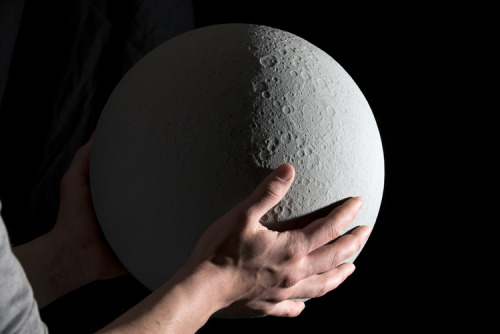
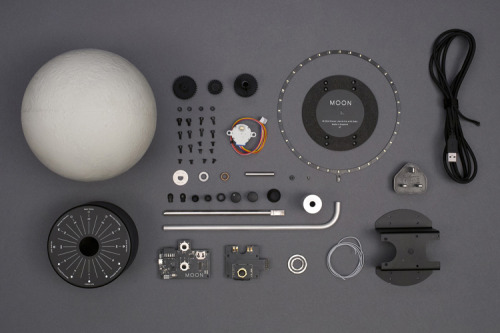
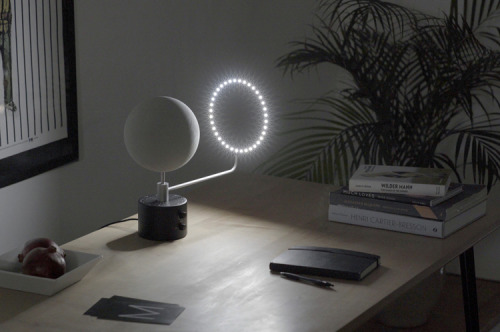
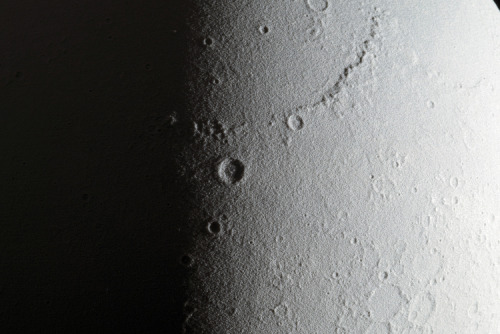
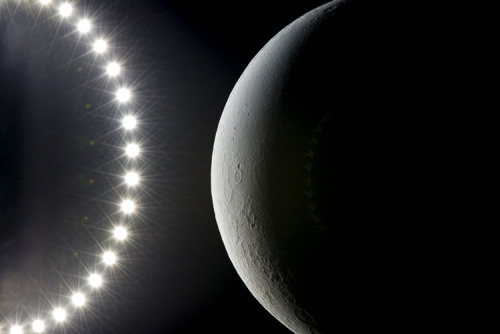
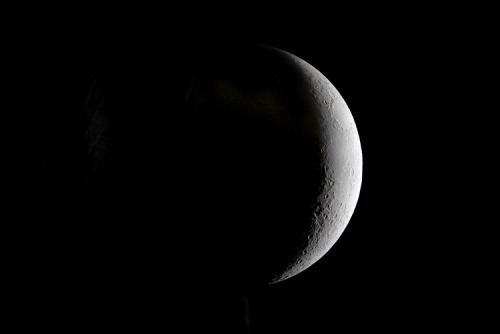
ACCURATE 3D-PRINTED LUNAR GLOBE
French artist Oscar Lhermitte and Kudu studio have teamed up to realize a perfet 1:20,000,000 scale mode of the moon. Moon is a topographically accurate lunar globe displaying the current Moon phase at any given time.
The project involves the use of the latest data from NASA’s Lunar Reconnaissance Orbiter combined with advanced electronic and mechanical engineering paired with careful craftsmanship in mould making. This results in a truly accurate copy of the Moon with surface’s features in every detail.
With the use of algorithms, a ring of LEDs follows in real time the path of the Moon and constantly lits its correct face, recreating the lunar phases as seen from Earth. Learn more about the product on its Kickstarterpage.

Wonderfully smooth wagon-wheel effect from Saturn’s polar hexagon. Photographed by Cassini, 22 March 2014.
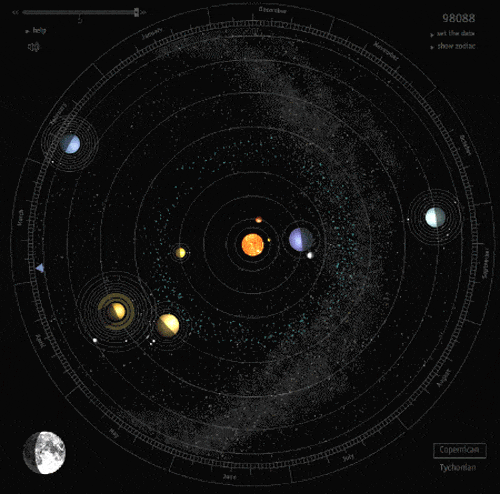
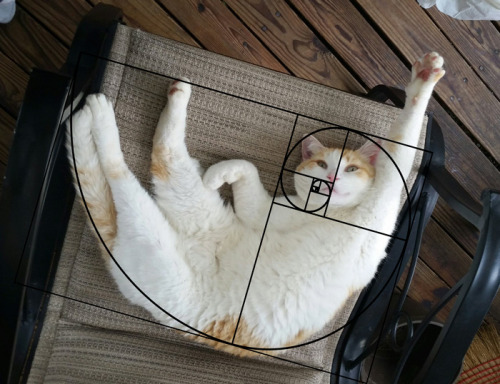
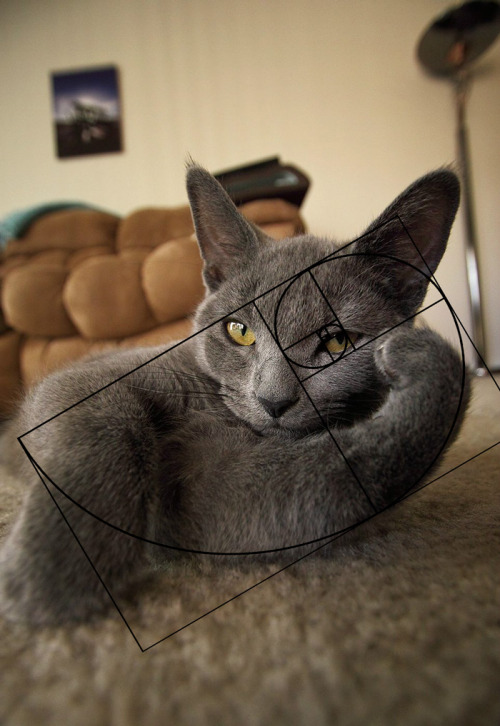
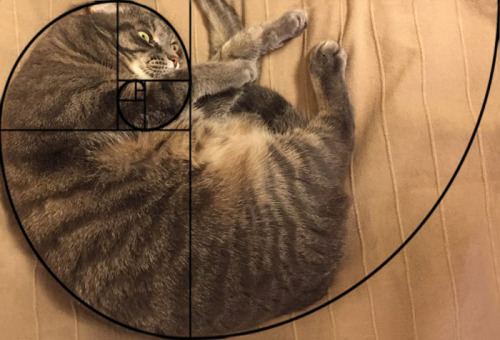
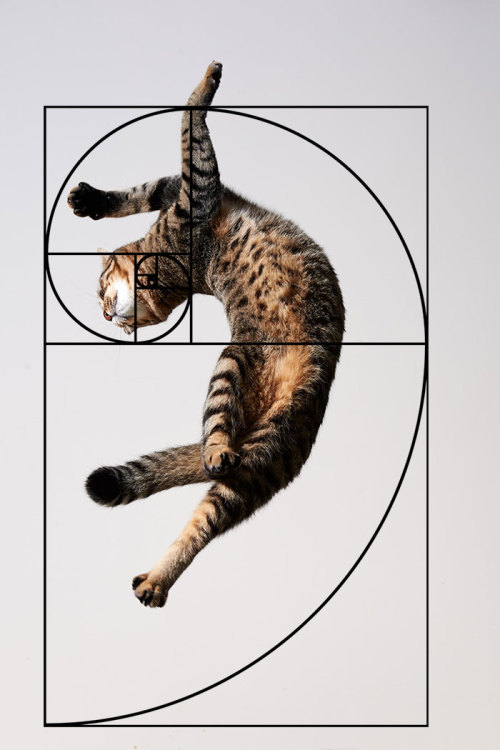
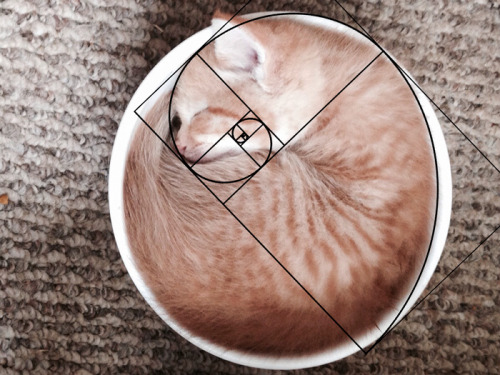

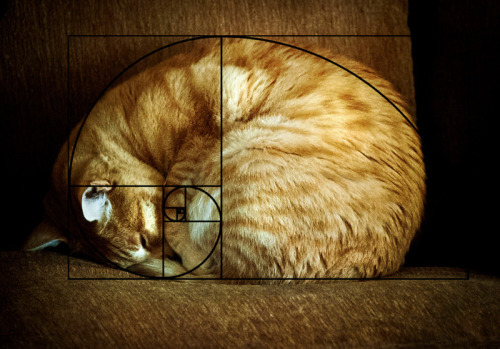
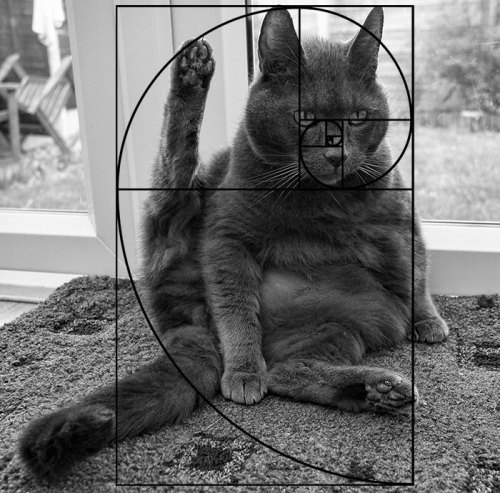
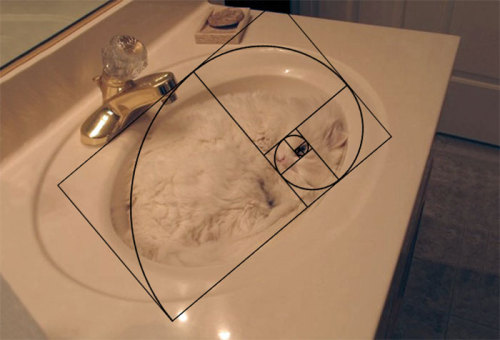

Furbonacci Sequence Proves That Cats Are Purrfect
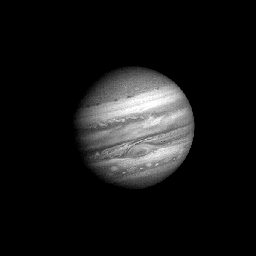
Time lapse of Voyager 1′s approach to Jupiter
-
 ethiel liked this · 4 years ago
ethiel liked this · 4 years ago -
 oxfordsonnets reblogged this · 6 years ago
oxfordsonnets reblogged this · 6 years ago -
 toothpastetoots liked this · 7 years ago
toothpastetoots liked this · 7 years ago -
 darkfringes liked this · 8 years ago
darkfringes liked this · 8 years ago -
 sarallicious reblogged this · 8 years ago
sarallicious reblogged this · 8 years ago -
 yozoshimada liked this · 8 years ago
yozoshimada liked this · 8 years ago -
 incendia8 liked this · 9 years ago
incendia8 liked this · 9 years ago -
 incendia8 reblogged this · 9 years ago
incendia8 reblogged this · 9 years ago -
 matchgirl42 reblogged this · 9 years ago
matchgirl42 reblogged this · 9 years ago -
 health--tech--news-blog reblogged this · 9 years ago
health--tech--news-blog reblogged this · 9 years ago -
 paratus-simulator reblogged this · 9 years ago
paratus-simulator reblogged this · 9 years ago -
 absolut-custom-glass-system-blog liked this · 9 years ago
absolut-custom-glass-system-blog liked this · 9 years ago -
 thingsmydadmightlike-blog reblogged this · 9 years ago
thingsmydadmightlike-blog reblogged this · 9 years ago -
 sunnyfunnyhunnybunny reblogged this · 9 years ago
sunnyfunnyhunnybunny reblogged this · 9 years ago -
 elonoree-blog reblogged this · 9 years ago
elonoree-blog reblogged this · 9 years ago -
 cybertimetravelblizzard liked this · 9 years ago
cybertimetravelblizzard liked this · 9 years ago -
 acciogryffindordudes reblogged this · 9 years ago
acciogryffindordudes reblogged this · 9 years ago -
 baltanaktis reblogged this · 9 years ago
baltanaktis reblogged this · 9 years ago -
 fanoflotsofstuff1 liked this · 9 years ago
fanoflotsofstuff1 liked this · 9 years ago -
 alicerobertstext reblogged this · 9 years ago
alicerobertstext reblogged this · 9 years ago -
 aurea-corde reblogged this · 9 years ago
aurea-corde reblogged this · 9 years ago -
 stellariana liked this · 9 years ago
stellariana liked this · 9 years ago -
 rjbailey reblogged this · 9 years ago
rjbailey reblogged this · 9 years ago -
 rjbailey liked this · 9 years ago
rjbailey liked this · 9 years ago -
 intheserviceofthegods-blog liked this · 9 years ago
intheserviceofthegods-blog liked this · 9 years ago -
 computer--cats liked this · 9 years ago
computer--cats liked this · 9 years ago -
 itsalinaevans-blog liked this · 9 years ago
itsalinaevans-blog liked this · 9 years ago -
 evanthelynn reblogged this · 9 years ago
evanthelynn reblogged this · 9 years ago -
 callthesh0ts liked this · 9 years ago
callthesh0ts liked this · 9 years ago -
 necromancermermaid reblogged this · 9 years ago
necromancermermaid reblogged this · 9 years ago -
 necromancermermaid liked this · 9 years ago
necromancermermaid liked this · 9 years ago -
 moderngrimoires liked this · 9 years ago
moderngrimoires liked this · 9 years ago -
 glitchtechscience reblogged this · 9 years ago
glitchtechscience reblogged this · 9 years ago -
 owl-librarian reblogged this · 9 years ago
owl-librarian reblogged this · 9 years ago -
 rudolfpardubicky-blog liked this · 9 years ago
rudolfpardubicky-blog liked this · 9 years ago -
 waceycah liked this · 9 years ago
waceycah liked this · 9 years ago -
 canvas-of-sunrises reblogged this · 9 years ago
canvas-of-sunrises reblogged this · 9 years ago
Just a socially awkward college student with an interest in the celestial bodies in our universe.
279 posts